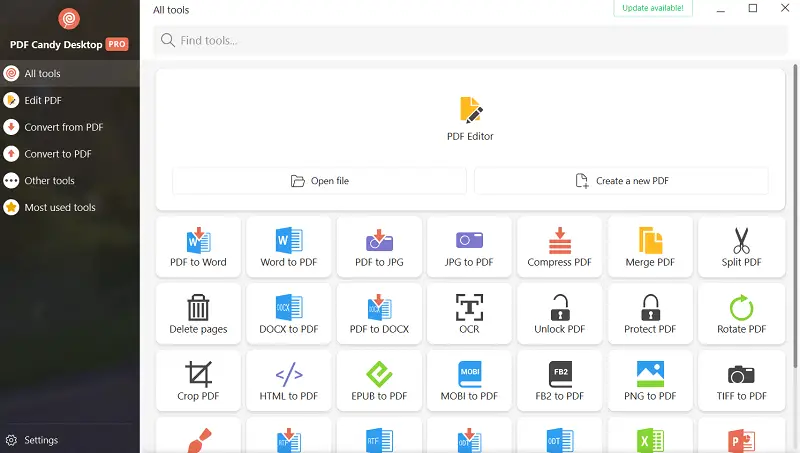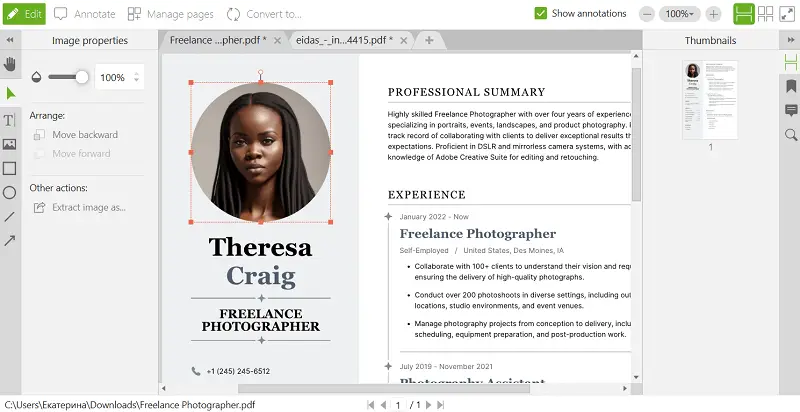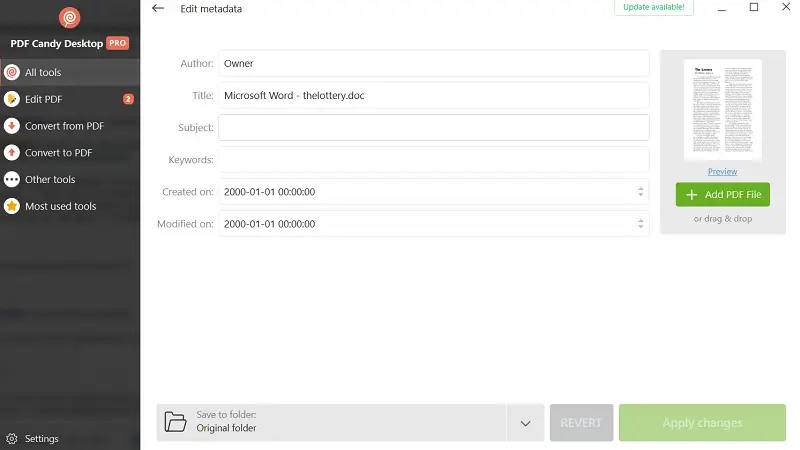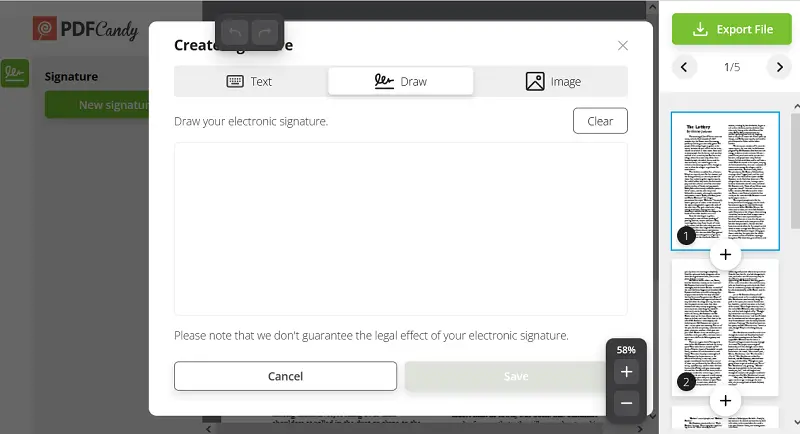When you redact PDF files correctly, you’re doing more than just concealing details—you’re safeguarding privacy, building trust, and securing sensitive data from unwanted access.
Whether handling legal contracts, medical records, or proprietary business documents, mastering effective editing techniques is essential.
This article will guide you through proven best practices to make sure your confidential information stays protected and out of reach from prying eyes.
How to redact sensitive information on PDF
PDFs are intricate documents composed of multiple components, including text objects, images, metadata, attached files, annotations, and interactive elements like forms and scripts.
Simply covering writing with rectangles (visual concealment) does not erase the actual records—it remains inserted in the content streams and can be retrieved through extraction.
Proper PDF redaction alters the internal architecture by permanently deleting or substituting the targeted material.
The PDF redacting process involves:
- Erasing lines linked to sensitive information
- Removing or flattening annotations and remarks
- Eliminating embedded files or hidden layers
- Cleaning metadata and version histories
1. Employ Professional PDF Redaction Software
Top-tier programs such as PDF Candy Desktop or Adobe Acrobat Pro DC feature editing capabilities that manipulate the object hierarchy rather than merely altering its appearance.
These applications analyze the document’s structure and excise or replace restricted components.
Advice: Avoid basic PDF editors that lack guaranteed entry elimination, as they may only mask the figures superficially.

2. Perform Narrative Discovery and Mapping
Confidential information may be incorporated in various types and locations, such as:
- Text dispersed throughout pages
- Added images or scanned pages containing wording
- Metadata fields (XMP, Info dictionary)
- Annotations, form elements, and comments
- Attached files and media
Recommended approach:
- Combine automated pattern detection (regular expressions for SSNs, credit cards, emails) with thorough manual examination.
- Utilize OCR technologies to identify PDF sensitive information within pictures.
- Inspect metadata with PDF editing tools that reveal hidden attributes and histories.

3. Execute redacting a PDF with Object Removal
- Highlight the undisclosed statement and apply marks.
- Sometimes, replacing sensitive segments with generic text (e.g., REDACTED) is appropriate, but ensure this is executed at the structural level.
- For images containing private metrics, prefer removing the photo entirely instead of overlaying shapes.

4. Redact a Document to Eradicate Hidden Passage
After visible PDF edits, it is critical to cleanse the file of residual records that could expose PDF sensitive information:
- Metadata: Remove author details, timestamps, software info, and revision logs.
- Layers: Flatten or delete optional content groups (OCGs) that might hold private items.
- Comments: Delete all remarks, sticky notes, and markups.
- JavaScript & Interactive Elements: Disable or cut scripts that could access concealed inputs.

5. Redact in PDF Across Diverse Viewers
Since rendering varies across applications, a modification appearing secure in one environment might fail in another.
Best practice:
- Open redacted items using multiple readers and platforms.
- Attempt to extract or search text using copy-paste.
- Employ forensic PDF analysis tools to inspect the document’s object hierarchy for leftover confidential material.
6. Manage Versions and Maintain Integrity
Always archive the original document with PDF sensitive information securely. Implement a robust version control system that tracks:
- PDF redaction timestamps
- Personnel responsible
- Specific modifications
Consider applying digital signatures post-redaction to certify the file’s authenticity.

7. Comply with Legal Frameworks
Different sectors and regions mandate strict handling of details. Examples include:
- HIPAA: Governing protected health information in the U.S.
- GDPR: Regulating personal data of EU citizens with emphasis on minimization and secure erasure.
- SOX, FINRA: Enforcing rules for financial and corporate sector.
Advice: Align how you redact sensitive information from PDFs with applicable laws to mitigate legal exposure and build organizational trust.
FAQ on how to redact a PDF
Are scanned-image PDFs with OCR layers vulnerable after redaction?
Yes. Optical Character Recognition adds invisible text overlays that persist unless manually stripped.
How do incremental saves impact redaction security?
This updates append changes rather than replacing the original content. Without a complete rewrite, earlier revisions may remain embedded.
Are font resources a risk in sanitized documents?
Possibly. Subset fonts often contain custom encodings or glyph maps that reveal character associations. After PDF redaction, regenerate or purge font tables to prevent leakage via mapping inspection.
What happens to digital signatures after document changes?
They are invalidated. Any structural modification, including removal, alters the cryptographic hash. Previous signatures become untrustworthy and should be deleted or replaced after verification and finalization.
Do thumbnails pose a visual risk?
Yes. They provide quick previews that may reflect outdated visual states. If not regenerated post-redaction, they could show removed material.
Conclusion on redacting a PDF
In an era where data security is paramount, thorough PDF redaction demands meticulous attention to all underlying elements—not just the visible content.
Implementing a rigorous and comprehensive approach safeguards PDF sensitive information, reduces regulatory risks, and protects organizational reputation.


.webp?w=420&h=184)

